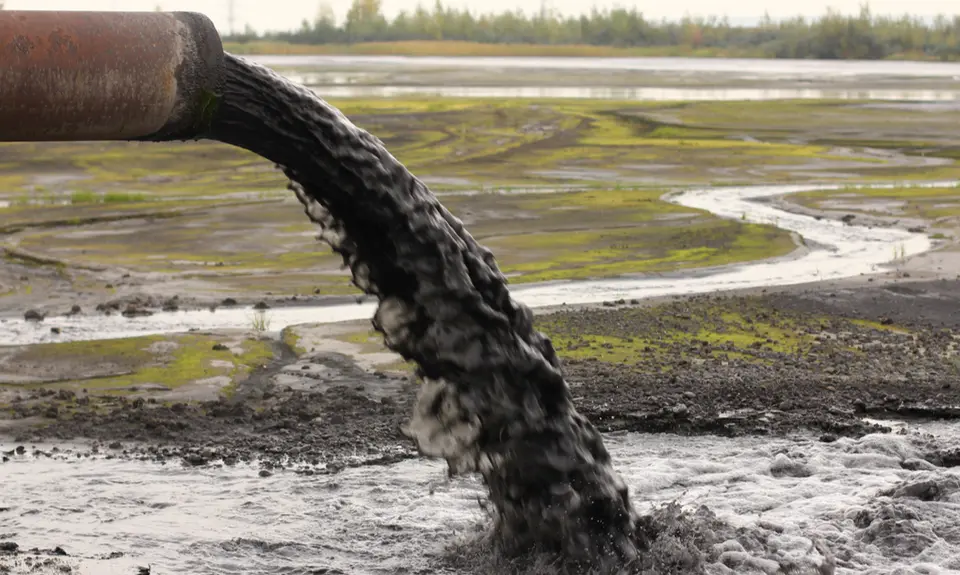“Confirmed Judges, Confirmed Fears” is a blog series documenting the harmful impact of President Trump’s judges on Americans’ rights and liberties. Cases in the series can be found by issue and by judge at this link.
Trump Sixth Circuit judges Amul Thapar and Joan Larsen issued a 2-1 decision that reversed a district court ruling that a federal agency had to comply with the Endangered Species Act (ESA) and the National Environmental Policy Act (NEPA) before it approved plans by an oil pipeline operator to deal with the serious risks of oil spills. The June 2020 case is National Wildlife Federation v. Secretary of the United States Department of Transportation.
“Line 5” is a major pipeline that has carried oil across the Great Lakes region in Michigan and Wisconsin for a number of years. Enbridge Energy, which operates Line 5, submits periodic plans to the Pipeline and Hazardous Materials Safety Administration of the Department of Transportation, as required by the Clean Water Act (CWA), to address the risks of oil spills. The law requires that the plans seek to “prevent, minimize, or mitigate damage to the public health or welfare,” including the environment. From 1999 through 2016, however, there were some 269 oil spills or leaks from Enbridge, resulting in more than three million gallons spilled.
The agency approved several Enbridge plans over the last five years. The National Wildlife Federation (NWF) contended, however, that the agency had improperly failed to comply with ESA and NEPA before approving the plans and filed suit. A district court agreed with NWF and ruled that the agency should comply with both laws requiring consideration of potential environmental impact before approving the plans.
In a 2-1 opinion by Judge Thapar and joined by Judge Larsen, the Sixth Circuit reversed. Thapar maintained that as long as the agency considered the specific criteria for pipeline spill plans listed in the CWA, it did not even have the “discretion” to consider the further potential impact of oil spills on endangered species under ESA or to prepare an environmental impact statement under NEPA.
Judge Gilbert Merritt firmly dissented, explaining that Thapar was wrong to take such an “extremely narrow view” of the “wildlife and other environmental resources that should be protected” from the “potential for environmental damage” from oil spills. Specifically, he pointed out that in addition to the particular criteria listed in the CWA for oil spill plans, the law more generally requires that the agency decide whether oil spill response plans will contain or remove spilled oil “to the maximum extent practicable,” including with respect to potential damage to “fish, shellfish, wildlife, and public and private property.” The agency should not “simply check the box,” he went on, as to whether specifically listed criteria are met for such a plan.
In short, Merritt concluded, the language of the CWA made clear that Congress did not want the agency “to be captured by the oil pipeline business by rote consideration of only a narrowly defined checklist.” Instead, he pointed out, the agency’s responsibility was to “determine if the pipeline operator has the necessary means to prevent, minimize, or mitigate environmental damage from a potential worst case discharge,” and the district court was correct to require it to comply with the ESA and NEPA in order to help do so.
As a result of the decision by Thapar and Larsen, however, the agency will not be required to fully consider Enbridge’s plans, risking significant environmental damage from Line 5 pipeline oil spills. The ruling also sets a dangerous precedent that may result in similar inadequate evaluation of pipeline oil spill risks across the country.
